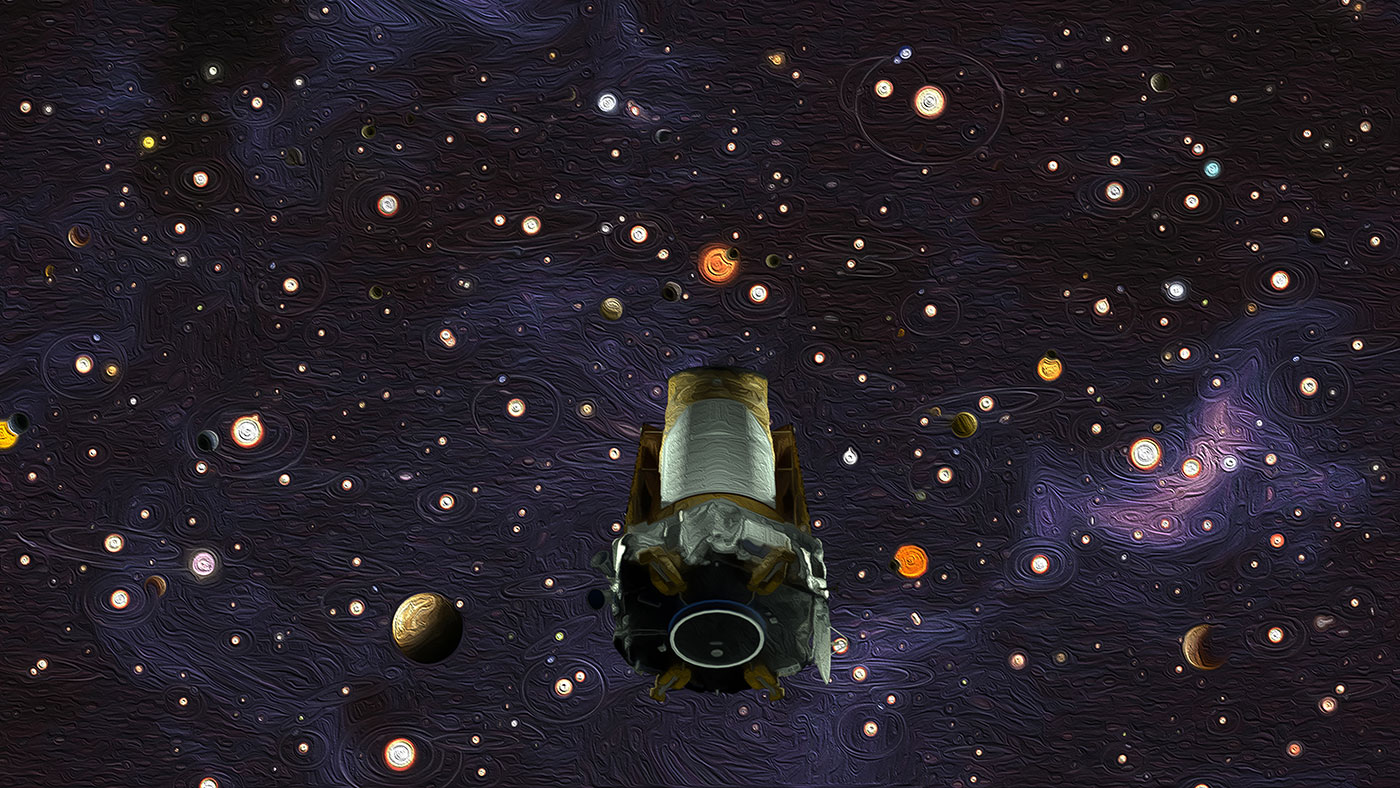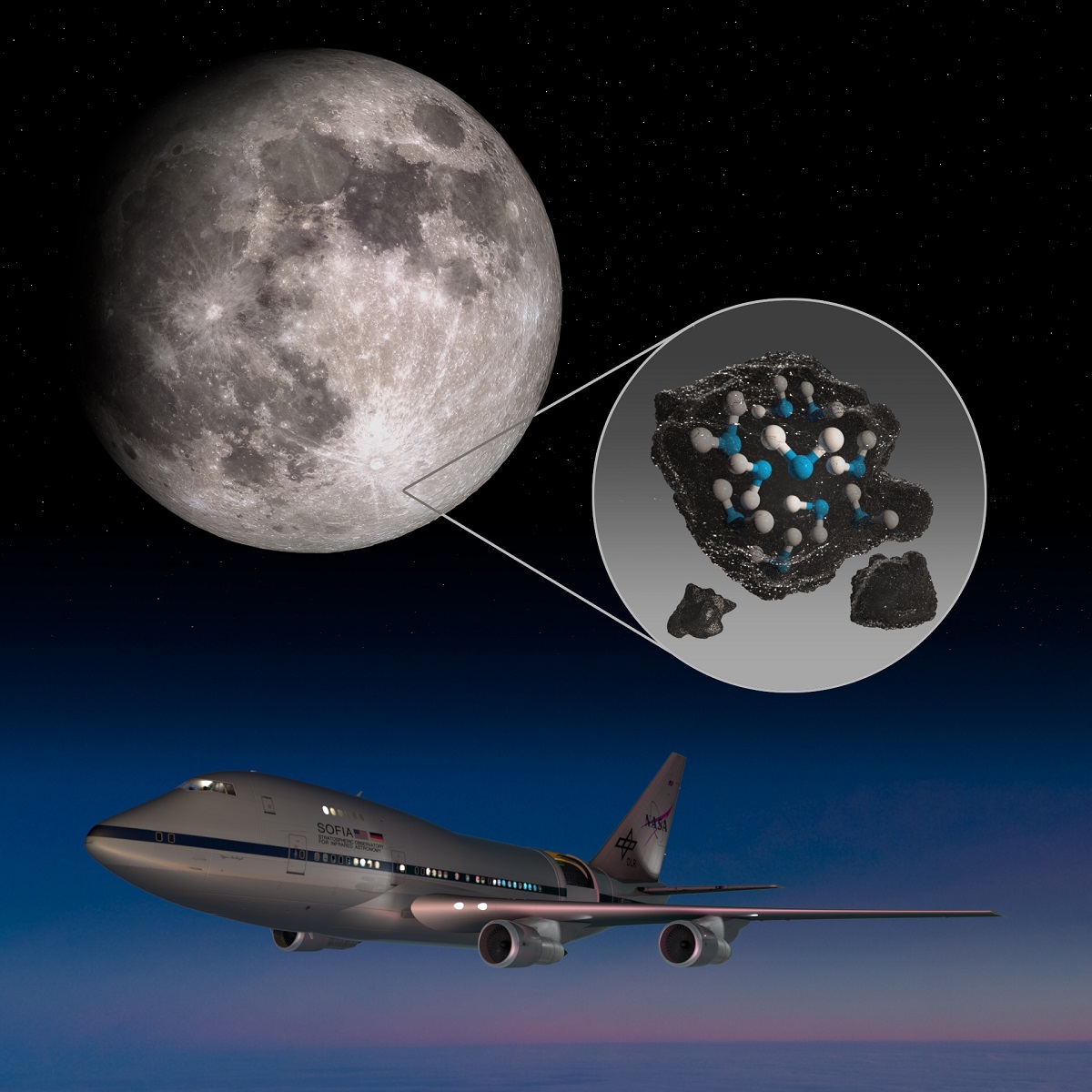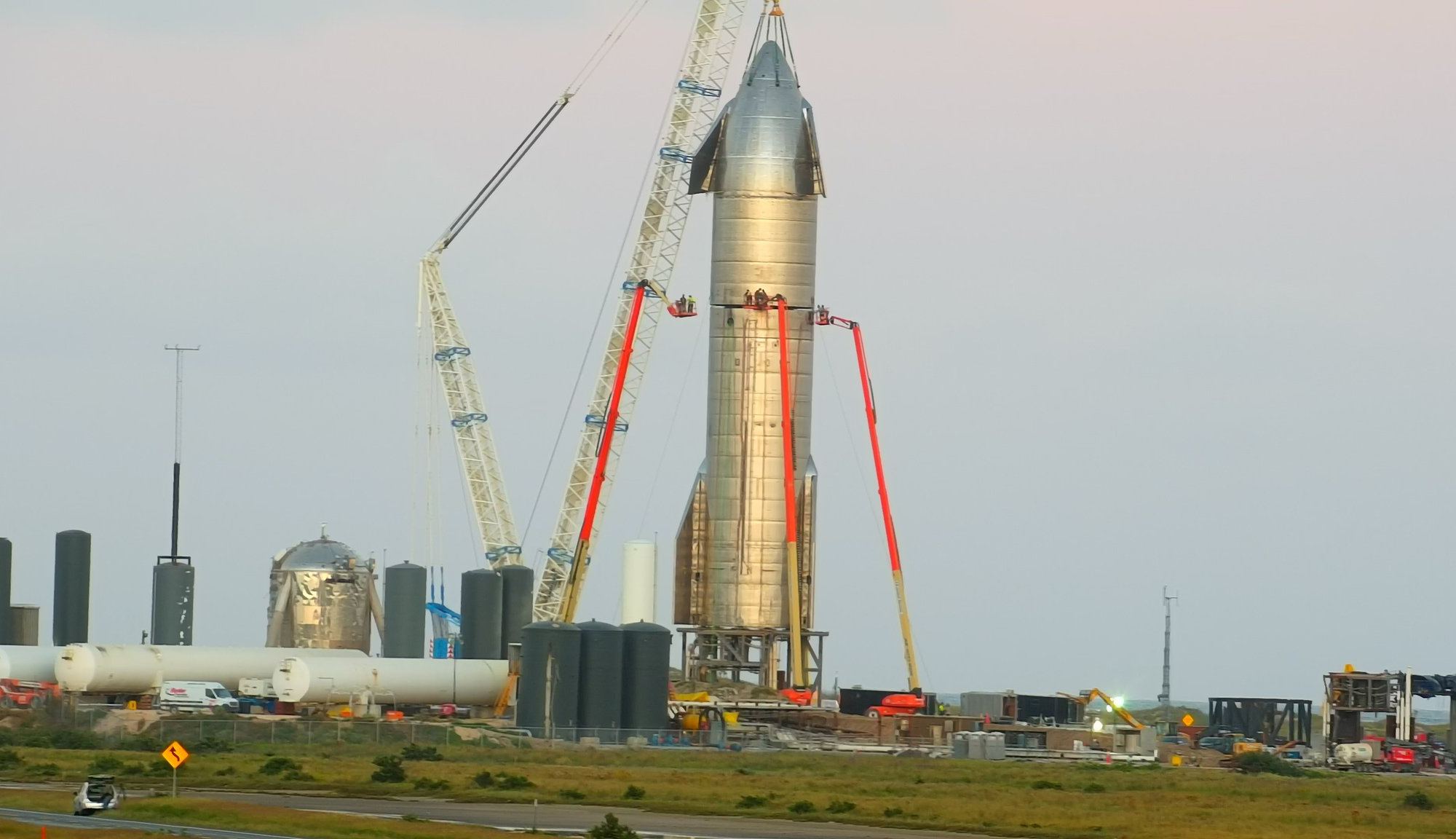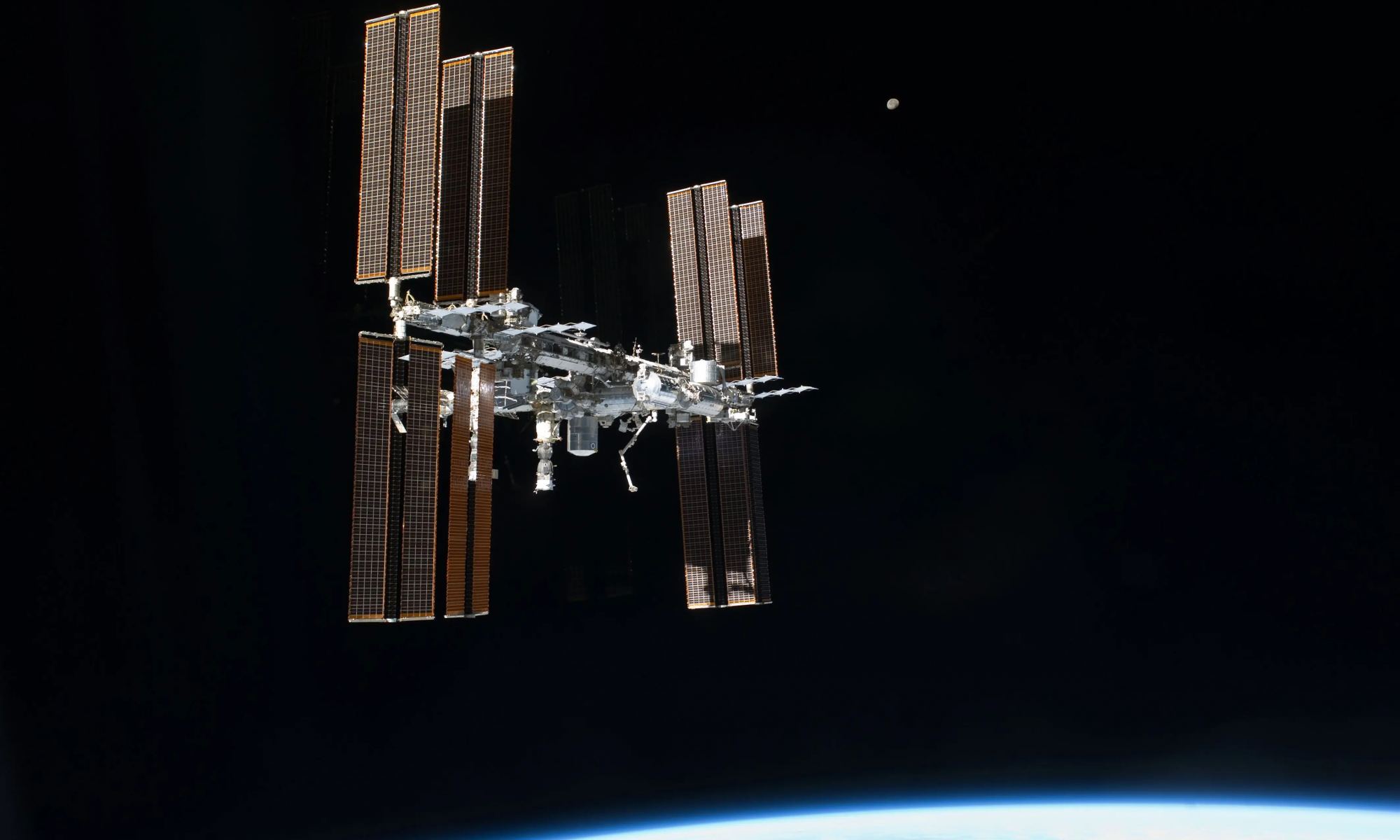In the past few decades, the study of exoplanets has grown by leaps and bounds, with 4296 confirmed discoveries in 3,188 systems and an additional 5,634 candidates awaiting confirmation. Because of this, scientists have been able to get a better idea about the number of potentially-habitable planets that could be out there. A popular target is stars like our own, which are known as G-type yellow dwarfs.
Recently, an international team of scientists (led by researchers from the NASA Ames Research Center) combined data from by the now-defunct Kepler Space Telescope and the European Space Agency’s (ESA) Gaia Observatory. What this revealed is that half of the Sun-like stars in our Universe could have rocky, potentially-habitable planets, the closest of which could be in our cosmic backyard!
Continue reading “Based on Kepler Data, There’s a 95% Chance of an Earth-Like Planet Within 20 Light-Years”









